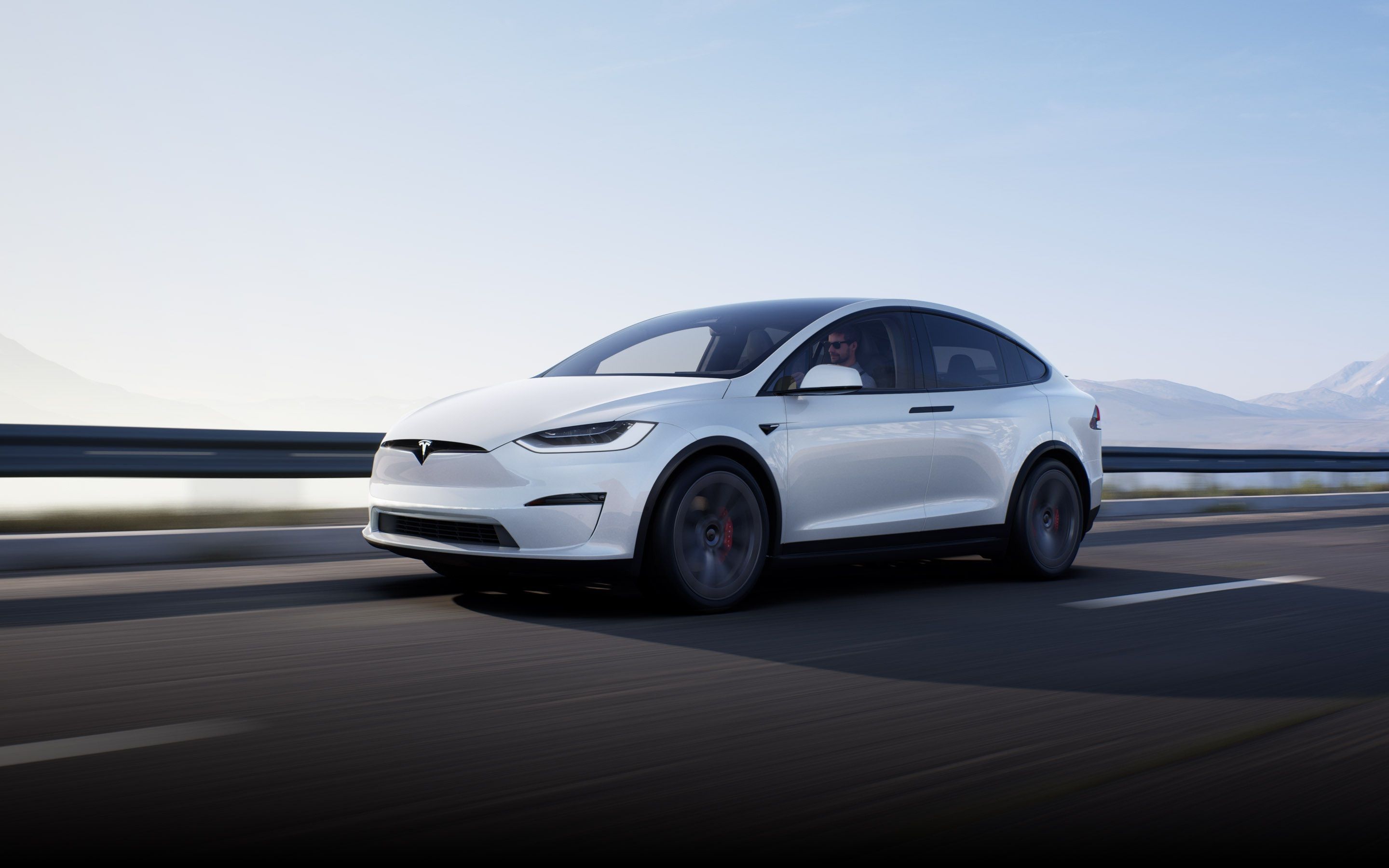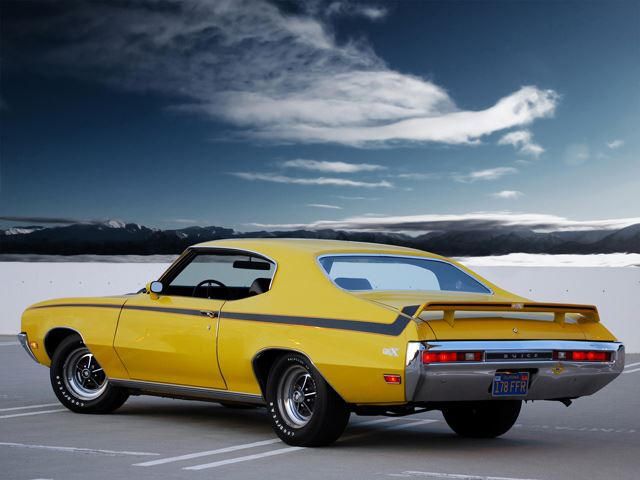
When you think of American muscle cars, names like Mustang, Camaro, Challenger, Charger, Barracuda, and GTO typically come to mind right away. And that's just fine because all of these iconic nameplates have rightly deserved their places in American automotive history. It should go without saying that four of those icons are still very much in production today. But there were others, as in other muscle cars from that same golden era of the late 1960s and early 70s whose very existence may not even be known by many younger people today.
We want to make a contribution to muscle car education here, so if you're already familiar with today's offering (or any of the others in the coming days), please bear with us. Better yet, join the conversation and help others learn a thing or two.
Today's focus will be on the 1970-72 Buick GSX, a true all-American muscle car in every aspect. But for real? A Buick? Damn right. Only recently has Buick begun to get back in touch with its old self in the form of the all-wheel-drive GS. Before that, it was the turbocharged icon, the Grand National, built from 1982 until '87. But in 1970, Buick also wanted to make its mark in the muscle car market. Fortunately, being a part of General Motors made that request entirely possible; all what was needed was already available in the GM parts bin. Starting with the Skylark, which was built on the same rear-wheel-drive platform as the Chevrolet Chevelle and Pontiac GTO, Buick went all the way. How so?
Well, it was powered by a 455 V8 that produced 350 horsepower and 510 lb-ft of torque. Yes, you read that torque figure correctly. The GSX produced the highest torque output of any American production car not only for its time, but for the next 33 years. The car that finally surpassed that torque figure? The 2003 Dodge Viper. How do ya like them apples? So clearly we've got one kick ass Buick here that wasn't made for permanent residents of a newly established retirement community down in Boca. In fact, the GSX's output was, not at all surprisingly, likely underrated. The Stage 1 was a $199 option that gave owners an additional 10 hp.
That got you a higher-lift camshaft and, thanks to the bore and stroke of the 455, the Stage 1 had a slightly higher compression rate compared to the standard 455. In reality though, a 1970 GSX Stage 1 produced between 390 and 395 ponies. If you didn't already realize, that puts the GSX Stage 1 right up there with the Hemi 'Cuda. So why would someone opt for an exceptionally powerful Buick over a Mopar? Aside from coming down to brand loyalty, the GSX was also a luxury car and thus came very well equipped. But let's face it, people bought the GSX for its incredible performance. 0-60 mph happened in only 5.8 seconds and a quarter-mile sprint time of 13.38 seconds at 105.5 mph, according to a 1970 Motor Trend road test.
Power was sent to the rear wheels through a four-speed Muncie transmission with Hurst linkage and shifter. There was also an optional Turbo Hydra-Matic 400 automatic. With a total curb weight of 3,874 lbs, the GSX also had another secret weapon: the weight of its engine. That 455 weighed about 150 lbs. less than the 426 Hemi or the Chevy 454 – and yet produced that ridiculous amount of torque. Buick clearly knew it had something special on its hands and felt the car needed to look the part. The 1970 GSX could be had in only two colors: Saturn Yellow or Apollo White. More color options came for the '71 and '72 model years. The sole interior color? Black.
The exterior was also distinguishable with a black stripe that ran across the entire body. It even crossed over the rear spoiler and had red pin stripe outlining. A good chunk of the hood was also black, and a hood-mounted tachometer was placed directly in front of the driver. Other features included a front spoiler, four-way tilt power bucket seats, power windows and door locks, tilt and padded steering wheel, custom shoulder belts, a heavy-duty air cleaner, and tinted glass. Proof that this was a luxury muscle car? Cruise control was also an option. Even air conditioning was available along with a speed alert to warn drivers they were going too fast, as was often the case.
Add to all of that was a floor shifter, wide oval tires, and quick ratio steering. There were also anti-sway bars front and rear along with a quad-link suspension paired up with a rear limited-slip differential. Now, finding a 1970 GSX isn't exactly the easiest thing. Reason being is that not many of them were built. That's because the GSX was launched in late 1970, therefore little promotion time. Just 278 standard GSXs were built along with another 400 Stage 1 performance packs. The GSX package was carried on through 1974, but production remained limited. In 1971 and 1972, for example, only 124 and 44 units were built, respectively.
The GSX and its Big Block V8 were discontinued altogether in 1974. For those who are in the market for a GSX, many of which are still around, be prepared to pay up. Matching numbers and restored GSXs have been known to sell for more than $200,000 at auction. Still though, the Buick GSX was really one-of-a-kind, a true luxury muscle car with an absolutely insane amount of torque. It was badassity for the country club and drag strip.

